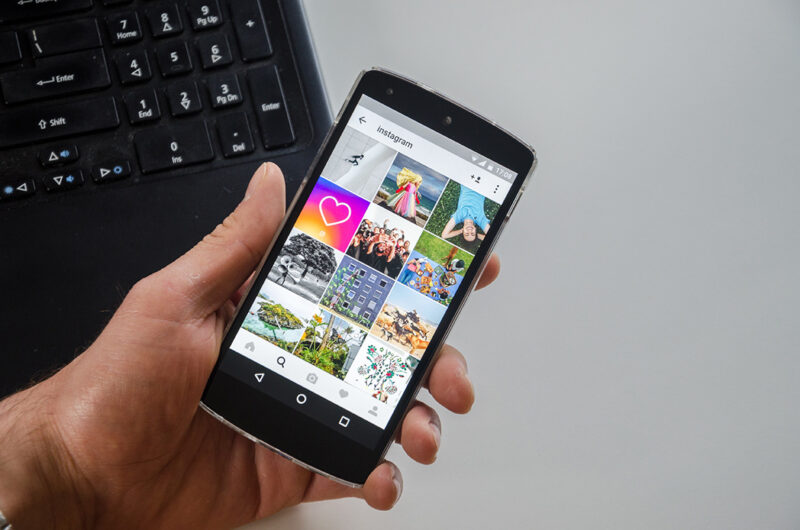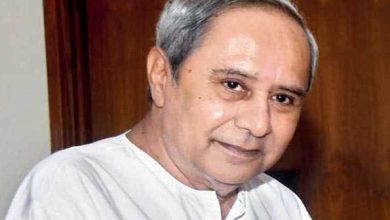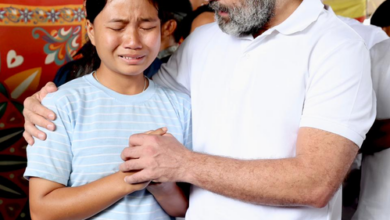
Mobilenews24x7 Bureau
Tips on social media and advises of doctors fall in deaf years as grows the addiction of people with their engagement with Smartphones from day break to night.
It may be one case in the sight but the woman from Hyderabad is among the many who tend to be obsessively tilted towards the deadly blue screen of mobile phones. Loss may be temporary but the case in point is an eyebrow raiser before we decide to reduce our intimacy with S-phones.
A thirty year-old lady is the case under discussion. What do the doctors say, despite advisories against overuse of mobile phones, there seems to be no let up. Doctors have called it ‘smartphone vision syndrome’(SVS) and in this rat race one finds an all pervasive neglect of the advisory of science.
It has been detected by the doctors that the major cause behind her being diagnosed with SVS, which can potentially lead to a loss of eyesight, was her using her smartphone “for several hours daily, including >2 hours at nights with lights switched off.”
And becomes more impacting when one remains glued to S-phones at night and in the darkness. The visional amps get affected badly leading to partial eyesight and complete loss in many cases.
To be fair, doctors have been warning against this condition for a few years now. In a 2016 study published in The New England Journal of Medicine, the authors had mentioned two cases of women suffering from temporary blindness, which again was caused by using their phones in the dark.
Now it has been dubbed as Transient Smartphone Blindness. In fact, a 2023 study published in the American Academy of Opthamology journal stated,” Transient Smartphone “Blindness” (TSB) is a recent phenomenon characterized by acute, painless, transient vision loss associated with smartphone usage while lying down in the dark. While it is usually monocular, it can rarely present bilaterally. As it can masquerade serious, more well-established pathologies, it is important to rule out ischemic retinal and optic nerve disorders, when evaluating a patient with painless, transient vision loss for TSB.”
But, what has happened to the Hyderabad woman, Manju, is that, once went by preventive methods and reduced screen engagement, she has shown signs of some improvement. And she came back with a bang in an year or so.
Excessive smartphone use is associated with difficulties in cognitive-emotion regulation, impulsivity, impaired cognitive function, addiction to social networking, shyness and low self-esteem. Medical problems include sleep problems, reduced physical fitness, unhealthy eating habits, pain and migraines, reduced cognitive control and changes in the brain’s gray matter volume.
On average 37 to 40 % S-phone users remain in India optically uncomfortable due S-[hone overuse in India.






